Image By PlayTheTunes: https://playthetunes.com/piano-for-kids/
By Justin Hansen
As a teacher, I have discovered quickly that a certain measure of success lies in how well we remain open to a diet of new information—and how we seek it out as well.
And while the internet is a great source of information including sound files, video clips and uncountable wiki’s, some of the most useful things I have learned as a music teacher come from my students.
Four things my students have taught me:
1. Fun with technology
A handful of my students use an electric keyboard as their practice instrument. And on occasion, as with most technology, we hit a wrong button. For instance, suddenly the demo will start playing or a rock beat starts playing. Giggles erupt from both of us (usually more from me) and we frantically start pressing buttons to stop it. Once I accidentally changed the instrument sound to something completely wild and the student’s eyes lit up! Now, every third piece or so, we switch to vibraphone, or harp or choir. This small change makes learning fun—for both of us.
2. Fun with mechanics
Not to leave out my piano-wielding students, there is also some fun to be had learning about how the piano works. It’s quite easy to brush this over in your curriculum as most method books only touch on it or leave it out completely. At the start of our lesson, one of my beginning students dropped on the floor before we began and started playing the piano from under the keys! (In upright pianos, you can reach under the keyboard where the keys enter the back of the piano and push on them). This grand gesture prompted me to ask him if he’s ever peeked inside his piano. “NO!” he laughed. I then asked his mother if I could remove the items from atop the piano. She replied affirmatively so I removed them, opened the back of the piano, turned on the flashlight on my phone and began to show him how a piano works. His jaw dropped to the floor! I definitely recommend doing this for your students. It not only satisfies their curiosity (and perhaps yours) but this new information may just translate into a deeper connection to their instrument.
3. We are all students
I stumbled upon something interesting while teaching one of my youngest students. I was making notes on the page when she suddenly grabbed the pencil from me. Instead of asking for it back, I let her use it. She started imitating me and began asking ME the questions I had posed earlier. “Hmmm,” I thought, “looks like she’s running the ship now.” I answered her questions and then put my hands in C position. I told her to count off for me. I then watched her face morph into one of complete joy as she watched the notes as I played them. Now of course we can’t run each lesson and concept this way, but it opened my mind up to a new technique and affirmed to me that there’s a teacher in every student, and a student in the master.
4. Patience…with myself
It goes without saying that instructors require patience with their pupils. This is pedagogy 101. There are moments, however, where a giant amount of patience is required in myself. As a common example, perhaps the student is not retaining a concept from their method book. Perhaps it’s the way in which it’s presented, or maybe in my translation of it. Either way, it’s up to me to figure out the problem and either change the method or our approach; or review a previous concept. I have learned that patience doesn’t lie with the hammering over and over of the material. The patience that is required is in solving WHY you are having to hammer over to begin with. Why is this particular concept difficult to comprehend? If I were the student, what specifically is troubling me? Not only does this require us to battle with the part of us that says “let’s move on…and come back to this later,” but we now must ask ourselves (or the outer teacher) to be patient with our inner student.
At the end of the day (and with each new day) I want to thank each of my students for teaching me to ask questions as well as answer them, be patient with my problem solving and teaching style, and to always be open to new ideas and information—especially if it comes from them.
To learn more about Justin please visit his Bio Page, and to signup for lessons with AWSOM fill out our Enrollment Form.

